 Repeating history
Repeating historyIn a three-month period in 1811-12, three major earthquakes rattled a broad expanse of the United States, causing damage as far away as Charleston, South Carolina and even rattling nerves in Boston. The quakes triggered landslides into the Mississippi River and, according to some boaters who were not drowned, sent part of the river running the other direction for a time.The earthquakes were centered around New Madrid, Missouri. They measured 8.1, 8.0 and 7.8 and represent three of the four strongest earthquakes ever recorded in the lower 48 states.Over the past 12 years, geologists have found evidence for other prehistoric calamities along the New Madrid fault. Sandy soil in some areas became liquefied in past events, leaving telltale "sandblows" when the material was squished. The sandblows indicate that three or possibly four earthquakes of magnitude 7.6 or better struck the region in the past 2,000 years, in addition to the incredible series of three in the early 1800s.
Strange movement
The new data show the ground indeed moves a few millimeters each year near the fault, as most geologists had expected. But away from the fault, the movement was discovered to be less. Ellis and his colleagues, including study leader Bob Smalley, speculate that well below the surface, the fault was displaced by the 1811-12 events and that shift is still, slowly, propagating upward.Ellis cautioned, however, that more data is needed to figure out whatÕs going on.Unlike California, the slow shift around New Madrid is not "Ultimately the movement is driven by plate tectonics, with the North American plate moving generally westward," says Martitia Tuttle, a geologist at M. Tuttle & Associates who was not involved in the new research.Most scientists think the New Madrid fault is part of an ancient system of rifts embedded in the plate."The old rift system is a zone of weakness and therefore is more prone to failure, resulting in earthquakes, than surrounding regions," Tuttle told LiveScience.The new study provides "scientific justification for the adoption of stricter earthquake provisions in the building codes for Memphis and other cities in the central United States," Tuttle said.The results, and an analysis by Tuttle, are published in the June 23 issue of the journal Nature.
Sooner or later ...
The findings contradict a study in the 1990s, based on less data, that concluded the ground was not shifting and so strain buildup was minimal. Since that controversial work, scientists have debated the prevailing view that more major earthquakes are likely."Our results confirm the current status of seismic hazard ... that says that the likelihood of another 1811-12 earthquake in the next 50 years is between 7 and 10 percent," Ellis said in an email interview.The chances of a smaller but still devastating temblor are higher.Strong earthquakes in the New Madrid seismic zone are certain to occur in the future," states a fact sheet from the U.S. Geological Survey. "There is a 9-in-10 chance of a magnitude 6 to 7 temblor occurring in the New Madrid Seismic Zone within the next 50 years."The new monitoring system around the New Madrid fault should eventually allow geologists to refine their predictions. "Folks out west, California in particular, are much further ahead than are we," Ellis said. "They have more data, more instrumentation, and a simpler tectonic environment. Our results though will begin to constrain the set of reasonable theoretical models for the generation of midplate earthquakes, and that's the beginning of making better forecasts."
http://www.livescience.com/
As in the days of Noah....

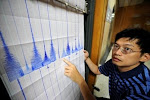
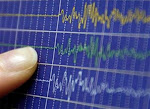
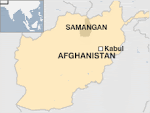







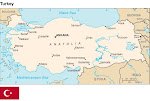
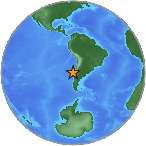




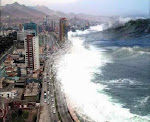

.jpg)


.bmp)
No comments:
Post a Comment